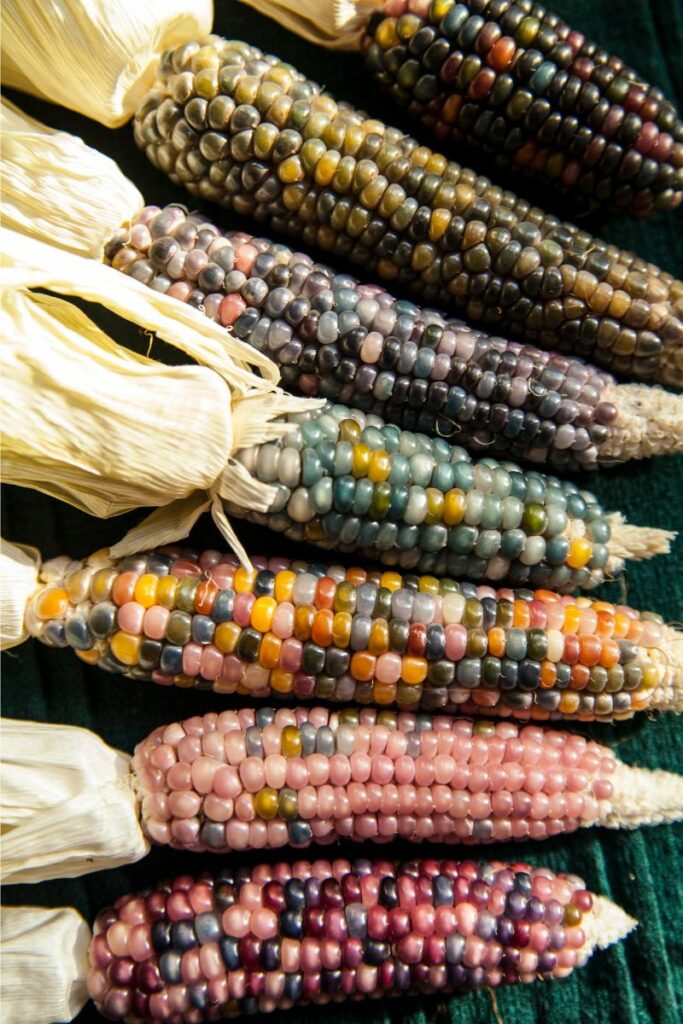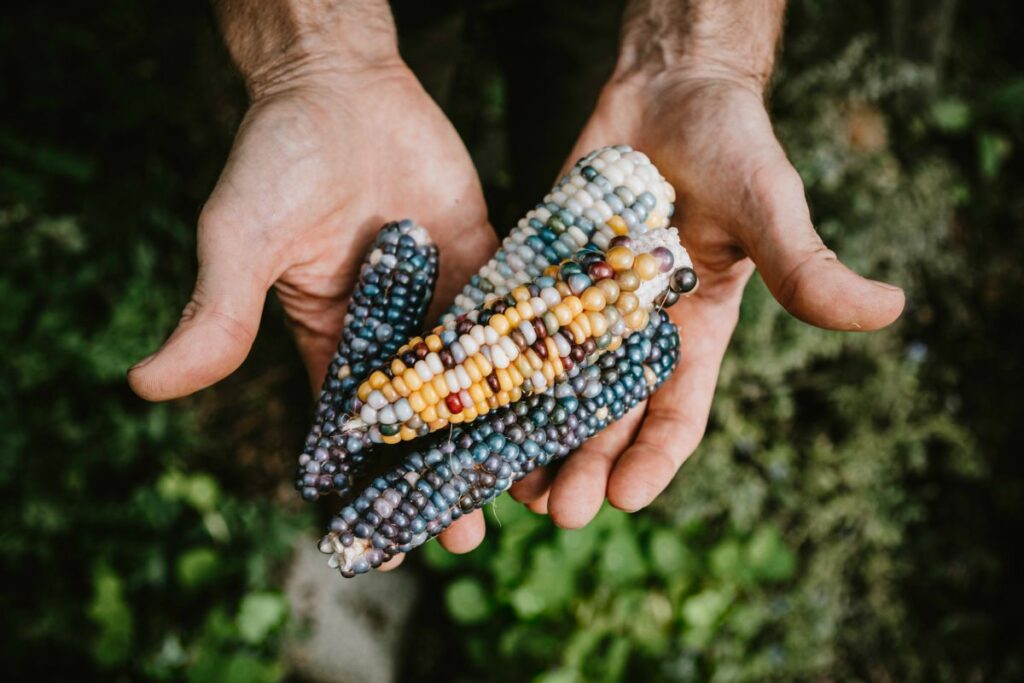The captivating beauty of Glass Gem corn is not just a feast for the eyes but also a testament to agricultural diversity. As a unique variety of maize, it boasts an array of translucent, jewel-like kernels that have enthralled people worldwide. Its allure is not only in its appearance but also in its storied past, which intertwines with the heritage and traditions of native agriculture.
Understanding how to cultivate Glass Gem corn in your own garden can be a rewarding endeavor. This guide offers you the essentials to nurture this variety, from planting the first kernel to harvesting your vibrant crop. With careful attention and patience, you can transform your garden into a canvas punctuated with the dazzling colors of this exceptional corn.
The Genesis and Evolution of Glass Gem Corn
- Carl Barnes, a Cherokee farmer in Oklahoma, developed Glass Gem corn through traditional breeding techniques.
- Selection Process: Over years, Barnes meticulously chose and cross-pollinated heirloom corn to enhance kernel vibrancy.
- Result: This labor-intensive approach culminated in the strikingly colorful Glass Gem corn.
Distinct Characteristics of Glass Gem Corn

Variance in Kernel Hues:
Glass Gem corn is renowned for its spectrum of kernel colors, unlike typical corn that bears yellow or white kernels. Reflecting a rainbow palette with red, blue, green, yellow, and purple, these kernels have a lustrous quality that results in its jewel-like moniker.
Use as Decor:
Cultivated mainly for its visually attractive qualities, this type of corn is sought after for decorative uses. Its striking appearance lends itself well to ornate displays, making it ideal for beautifying spaces in the form of wreaths, centerpieces, or other decor items.
Taste and Consumption:
Even though Glass Gem corn can be consumed, it is not favored as a food source. The taste and texture of these kernels do not match the appealing flavors found in typical sweet corn, hence its cultivation focuses more on visual appeal than edibility.
Heritage and Genetics:
This corn is designated as an heirloom, denoting its lineage of being preserved through generations. Unlike common hybrid corn that is engineered for flavor and productivity, heirloom corn like this carries on a legacy, valued more for its cultural and aesthetic qualities.
Fertilization Methods:
Wind serves as the primary mechanism for fertilizing Glass Gem corn, much like it does with other corn variants. To secure a vivid kernel display, planting strategies may include positioning crops in group formations rather than isolated rows to promote better pollination outcomes.
Cultivation Requirements:
Growing Glass Gem corn demands conditions akin to standard corn: a warm climate, well-aerated soil, and ample sunlight. Specifically tailored soil management and meticulous care can be more pronounced for this variety due to its emphasis on visual appeal.
Cultivating Glass Gem Corn

Glass Gem corn, an exceptional variety known for its vibrant and colorful kernels, is cultivated by various enthusiasts ranging from home gardeners to seed conservators. The allure of its appearance has made it a favorite among those who value ornamental plants, and it’s often featured in garden designs, bouquets, and creative art.
To maintain this heirloom variety, seed savers and heritage preservation entities are actively involved in growing Glass Gem corn. These groups are instrumental in safeguarding the seeds, thus ensuring their availability for years to come.
Though primarily an ornamental plant, some growers harvest Glass Gem corn for use in recipes. While it doesn’t mirror the taste or texture of common sweet corn, the kernels can be ground to make cornmeal or popped for a unique snack.
- Who Grows It: Enthusiasts, seed banks, heritage preservationists
- Uses: Decoration, artistic projects, culinary explorations
- Culinary Aspect: Possible to use for cornmeal or popcorn
- Cultural Importance: Conserved as a heritage variety
Remember that when you plant Glass Gem corn, not only are you decorating your gardens, but also participating in the preservation of a piece of agricultural heritage.

